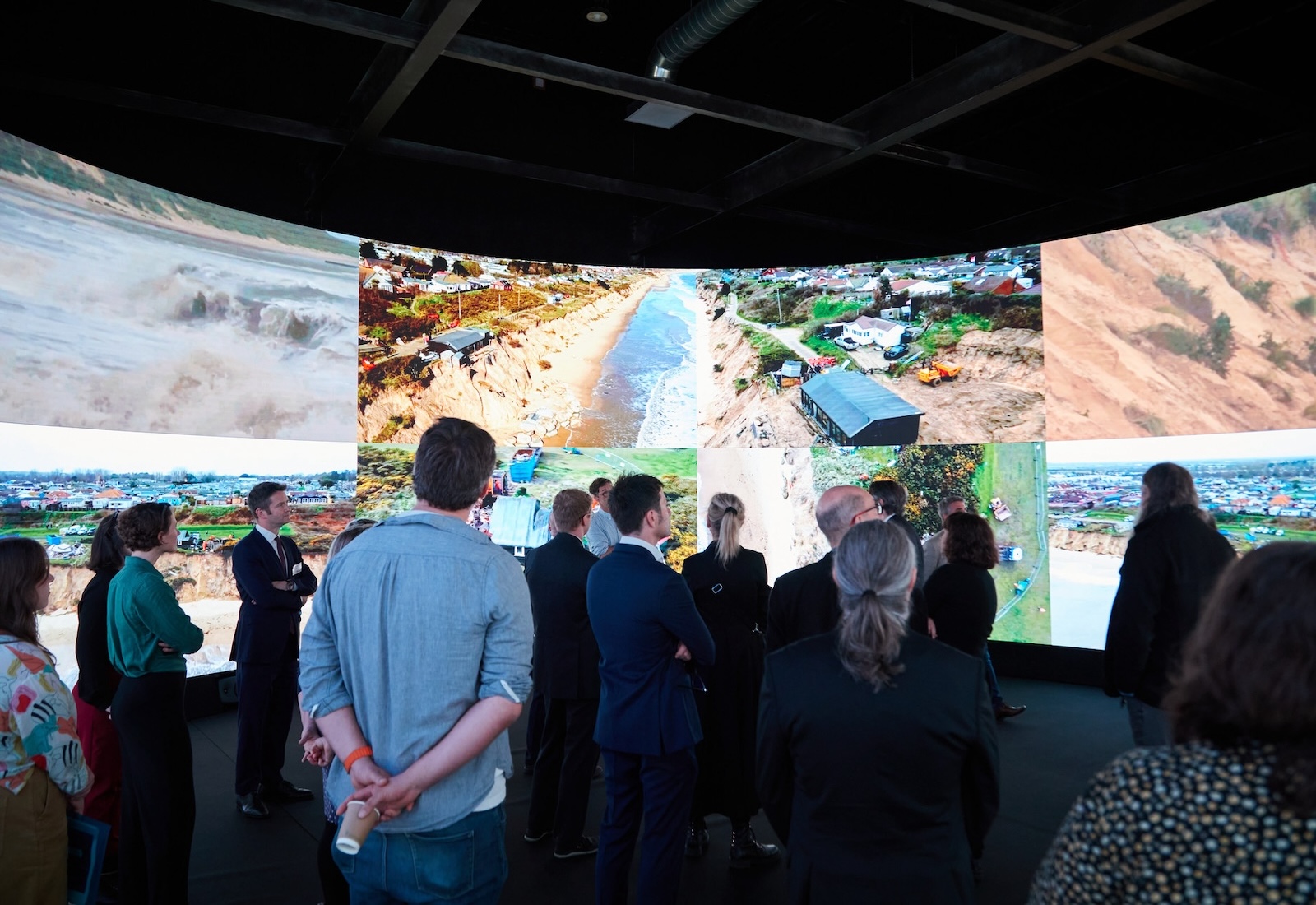
Institute for Creative Technologies
The Institute for Creative Technologies at Norwich University of the Arts is a leading national and international platform for advanced creative technical practice in the arts and a next generation laboratory for applied technology research.
The Institute for Creative Technologies was founded in recognition of the explosion in advanced digital practices in the arts, producing ground-breaking bodies of knowledge in both the arts and sciences, which are shaping cultures globally. The Institute explores how technologies developed by creative practitioners can be applied to solve complex real-world problems.
The Institute provides artists, scientists, designers, performers, engineers, historians, theoreticians, and wider industry collaborators an environment for advanced exploration, technical expertise and community. It also provides access to this important driver of regional economic opportunity and takes a pivotal role in the national debate on the importance of creative education, Createch, and the benefits of promoting creativity throughout society.
The Institute is home to the UKRI funded (CResCa world-class lab) facility, the Immersive Visualisation and Simulation Lab (IVSL) based at our Havers Road building. This lab currently supports funded work exploring climate futures, virtual heritage, spatial computing, applied games, leading-edge approaches to virtual production and practice-based technology innovation for cultural organisations
The Institute builds on Norwich University of the Arts’ close art, technology and media relationships, to explore how creative technologies connect us to Norwich’s heritage as England’s second city in Medieval times and its unique connection to the natural environment as the only city entirely within a UK National Park.
Local and International partnerships include:
BFI, Ukie, Collusion, Cambridge Junction, Raspberry Pi, Dance East, Norwich Theatre, October (Films/Media), The Broads Authority, Tyndall Centre, Sainsbury Centre, Norfolk Museums Service, Norfolk Wildlife Trust, N&N Festival, Film and Video Umbrella, NYU, UEA, ARU, UCL, UWE, University of Cambridge, University of Greenwich and Guildhall School of Music and Drama.
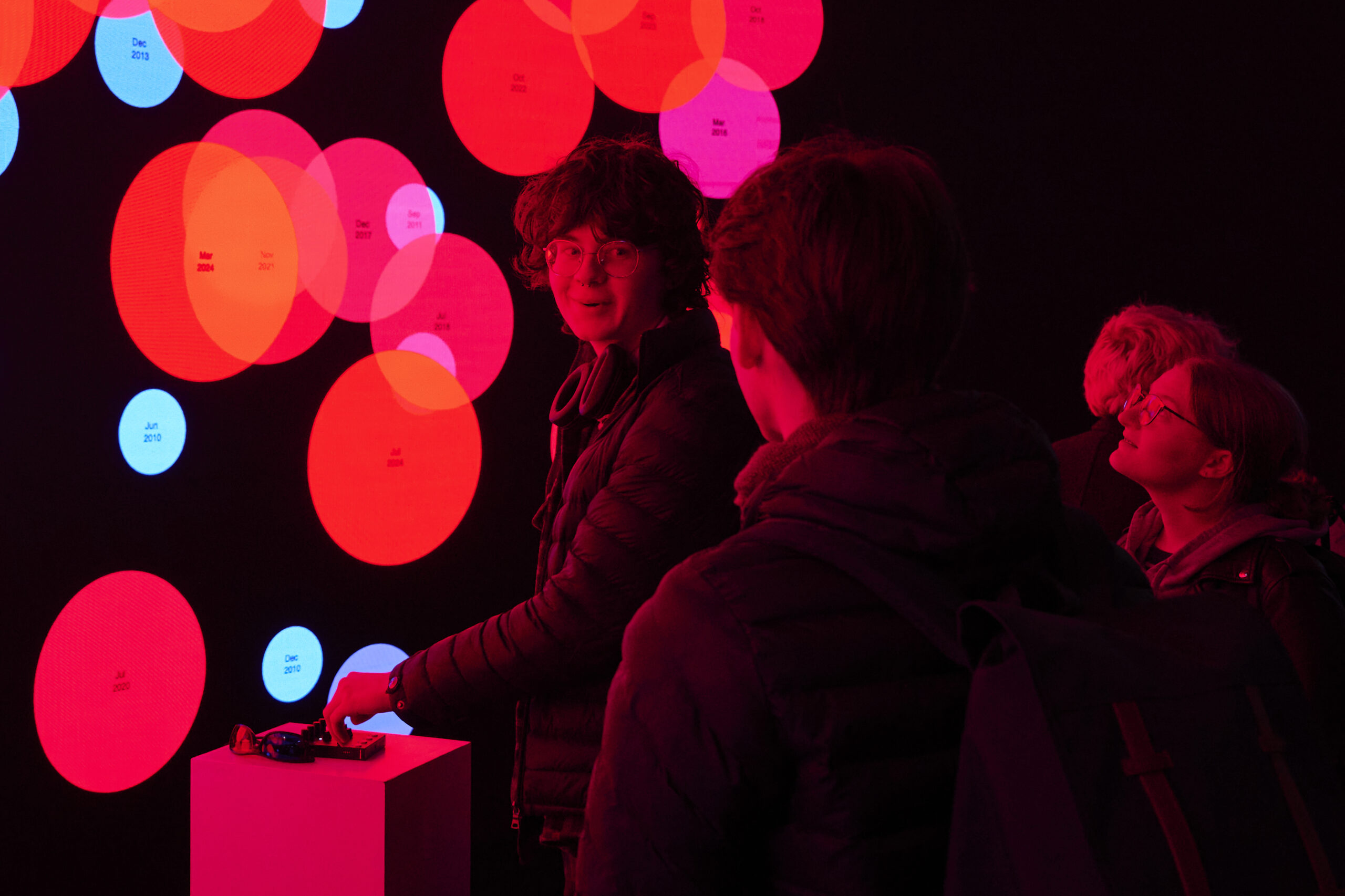
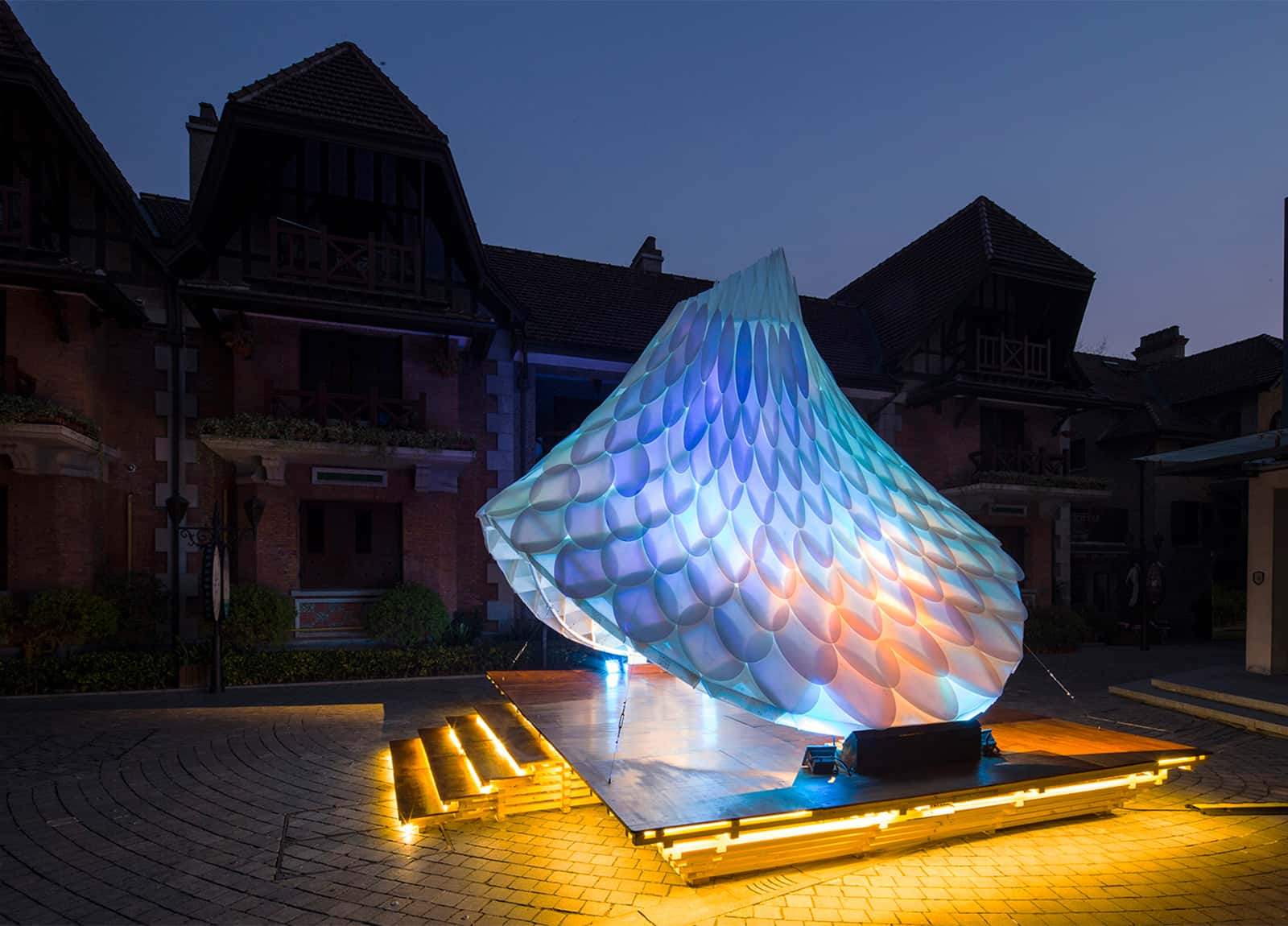
Explore our projects
-
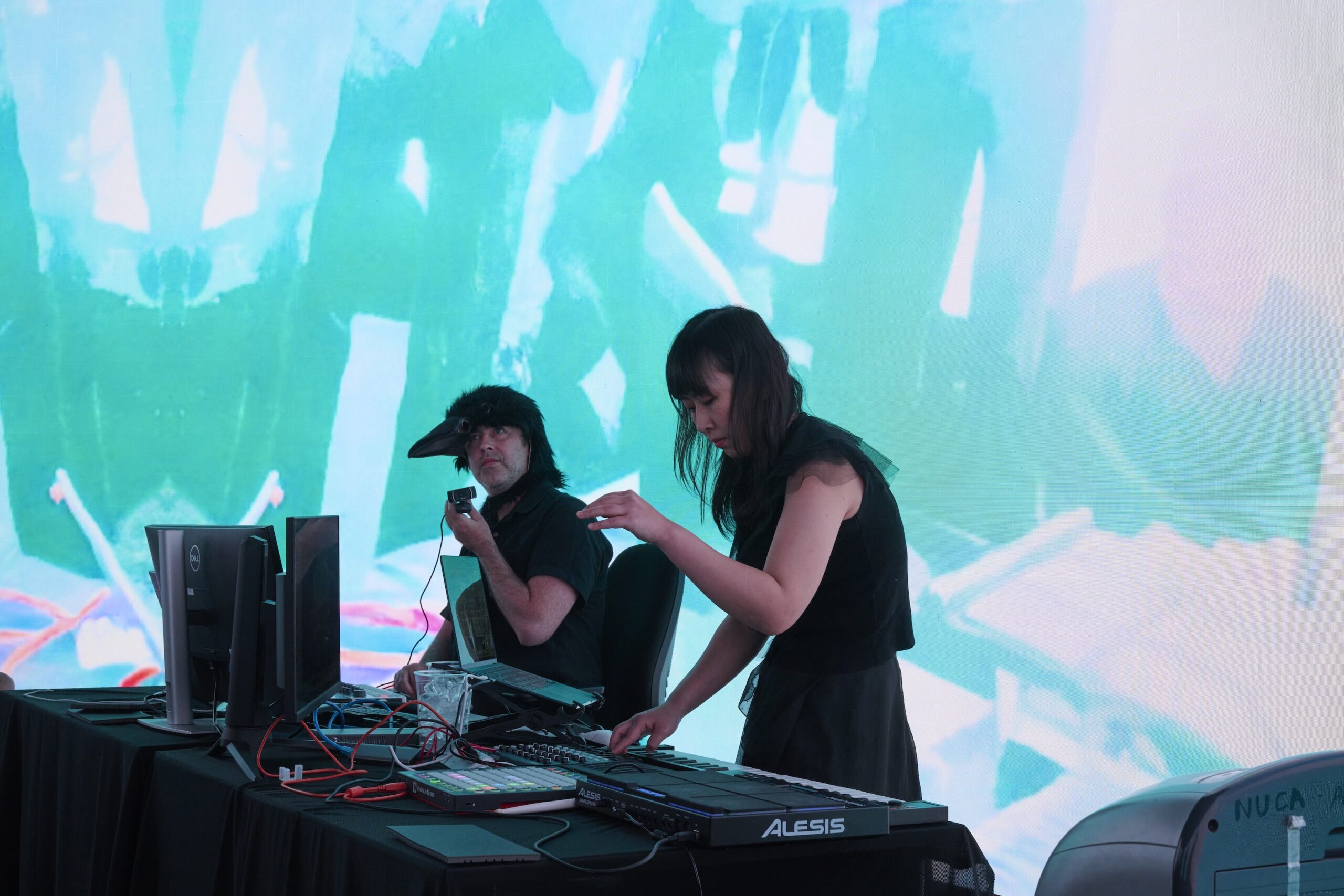
Lost Communications: Underwater
Lost Communications: Underwater is a new live performance project that explores the acoustic world of marine life. -
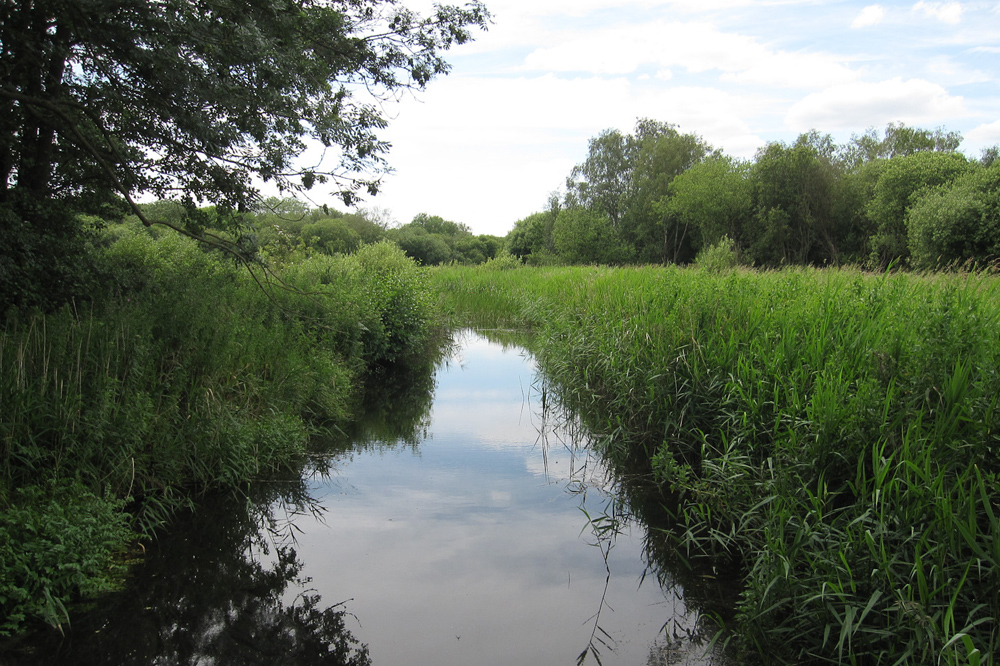
Broadland Catchment Partnership Development Plan
This project will develop a range of measures to reach a greater understanding of the pressures facing the Norfolk Broads, and develop interventions to tackle issues at a local level. -
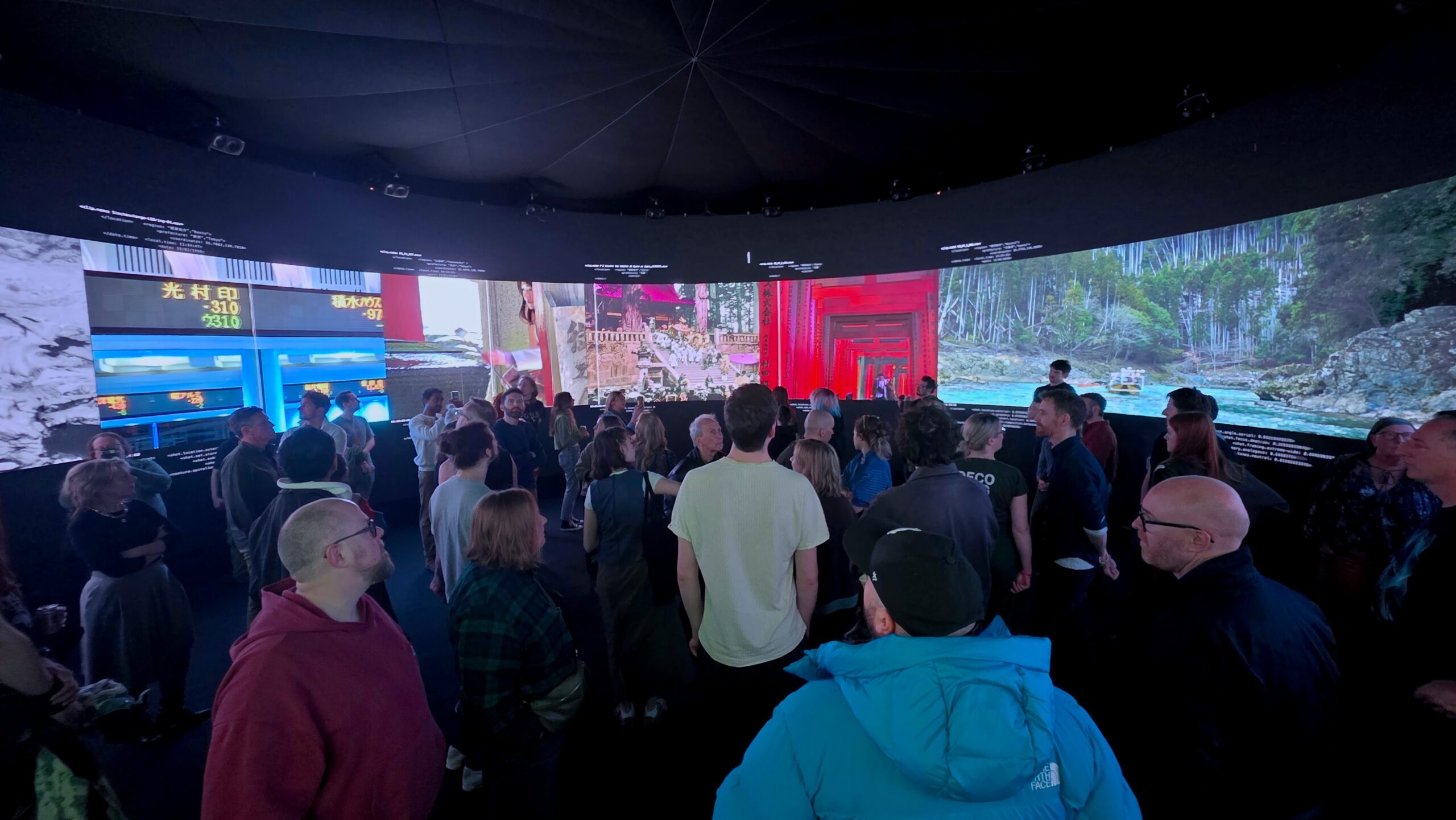
ART//TECH//PLAY
Led by Collusion, this project supports artists to explore the use of creative technologies in their practice. -
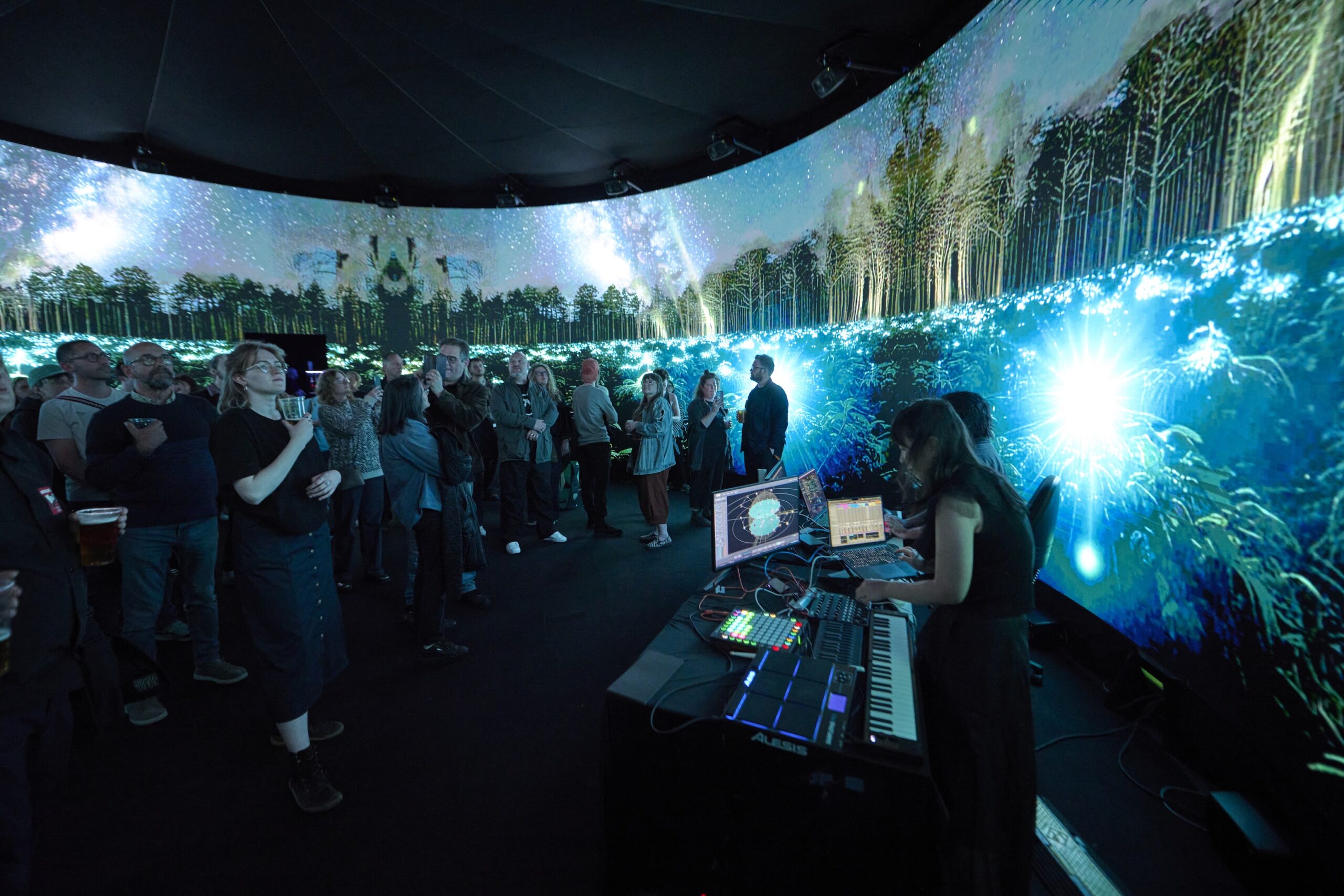
Lost Communications 失絡之聲
Lost Communications 失絡之聲 is an immersive exploration of the light and darkness of nature. -
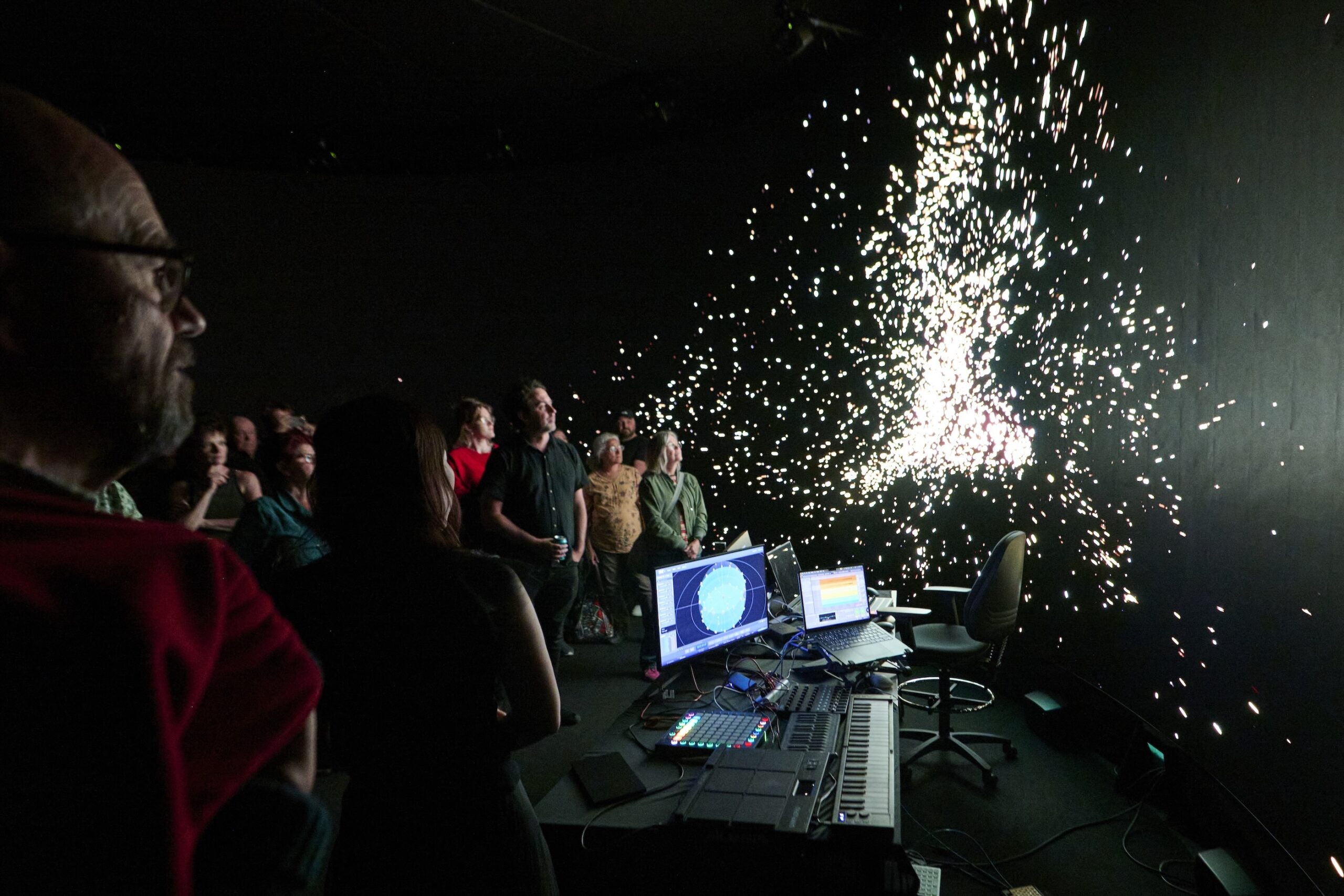
Jinn-Ginnaye
Jinn-Ginnaye is an exploration of movement in place.
Explore more
-
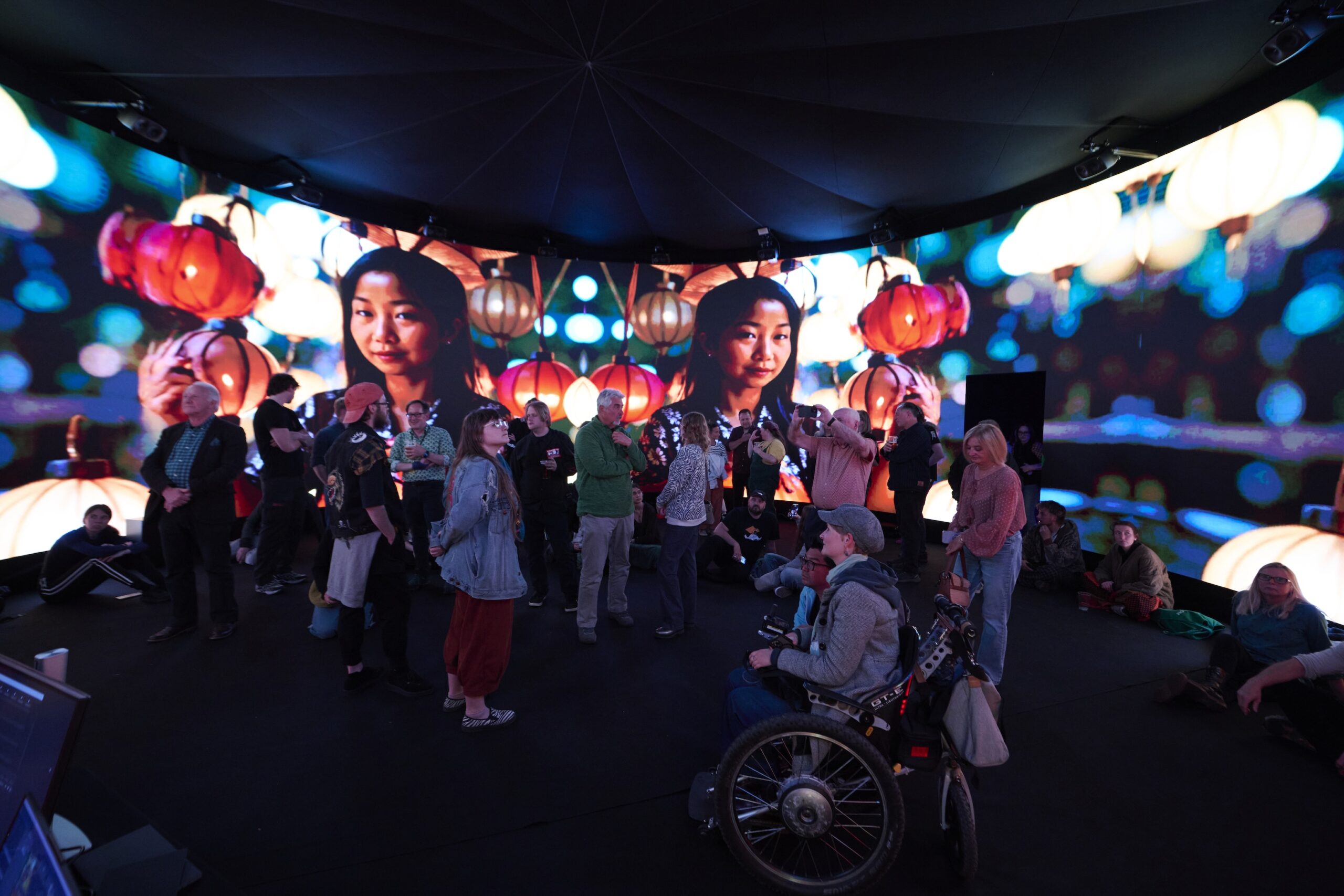
Immersive Visualisation and Simulation Lab (IVSL)
-
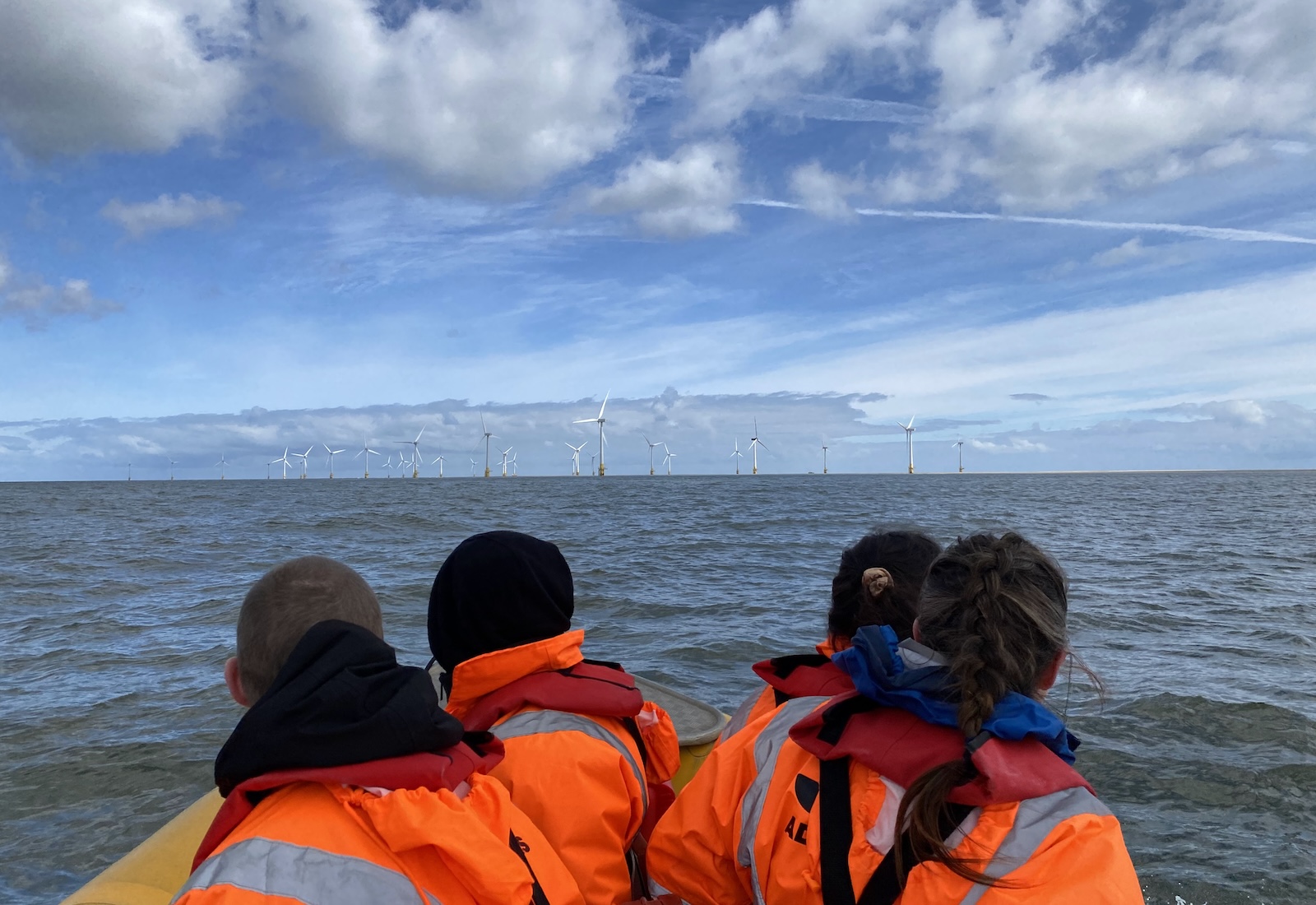
Institute for Sustainable Worlds
The Institute for Sustainable Worlds at Norwich uses a creative focus to develop understanding of local and global challenges and their impacts on communities. -
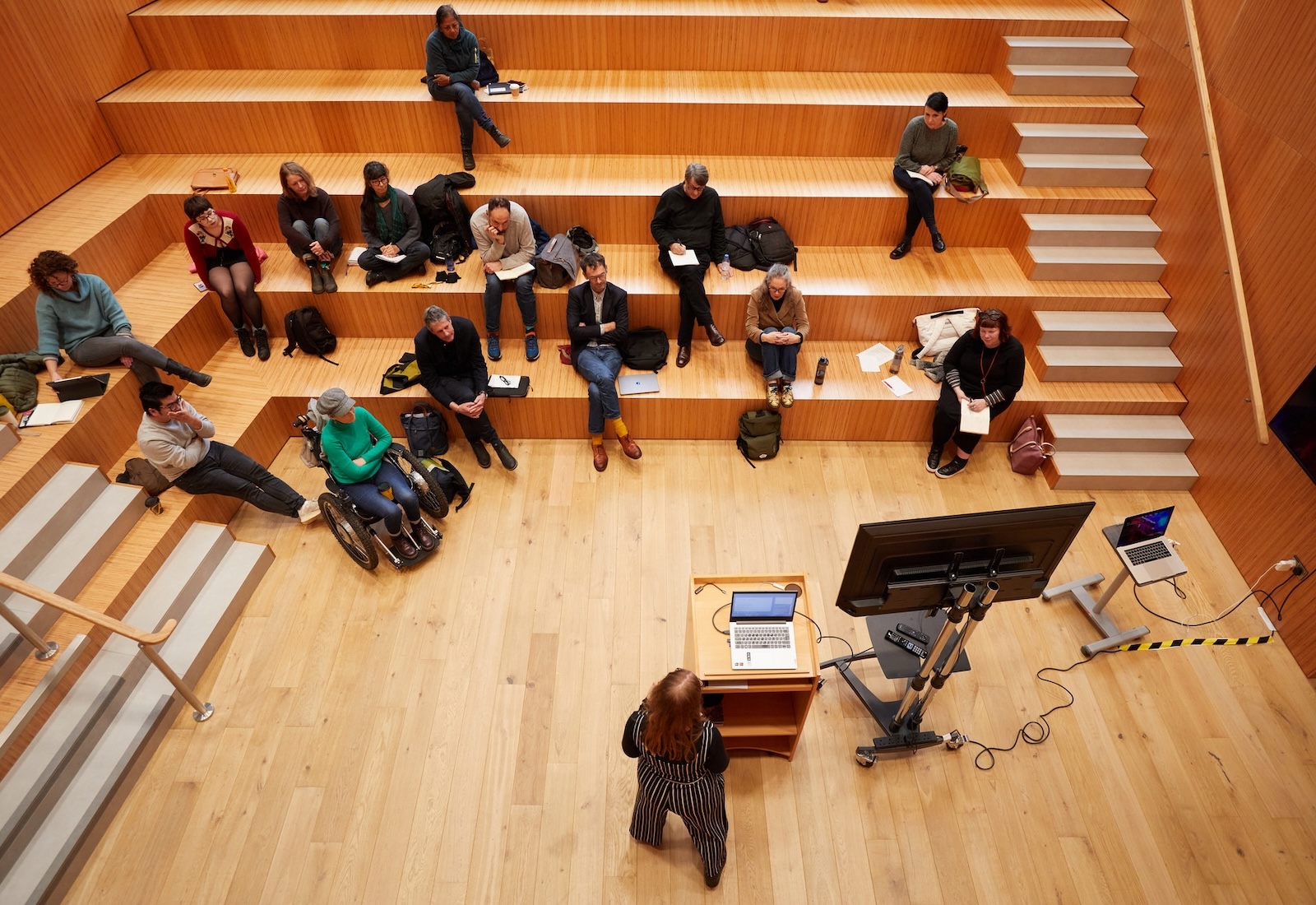
Our research and knowledge exchange community
We are a vibrant community of practitioners, theorists, and historians, who bring together creative teams from diverse backgrounds to work on tackling global challenges. -
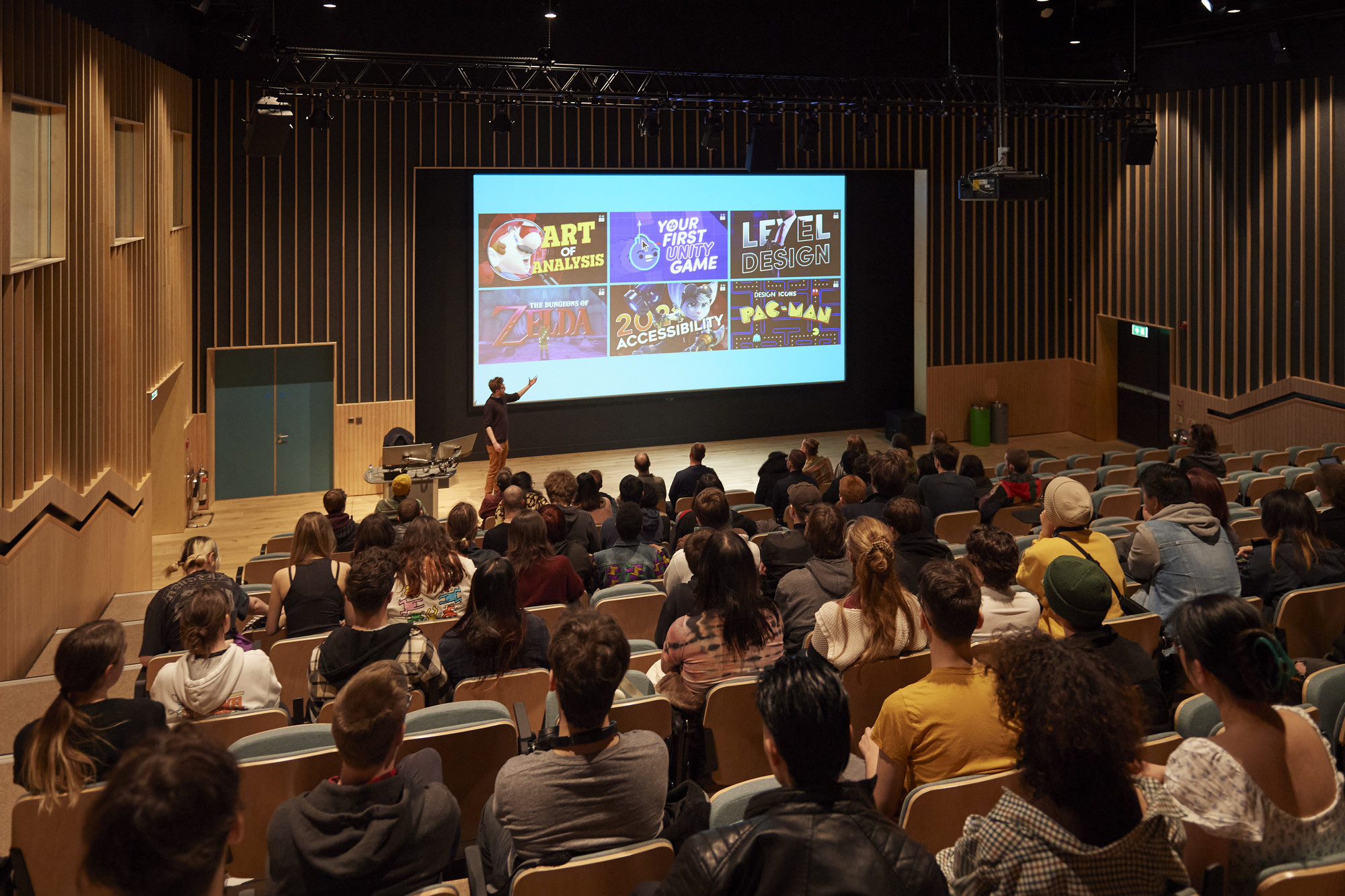
Partnering with us
Knowledge Exchange at Norwich is all about shaping our world. Our approach springs from the idea that creative and design thinking can change the world for the better.